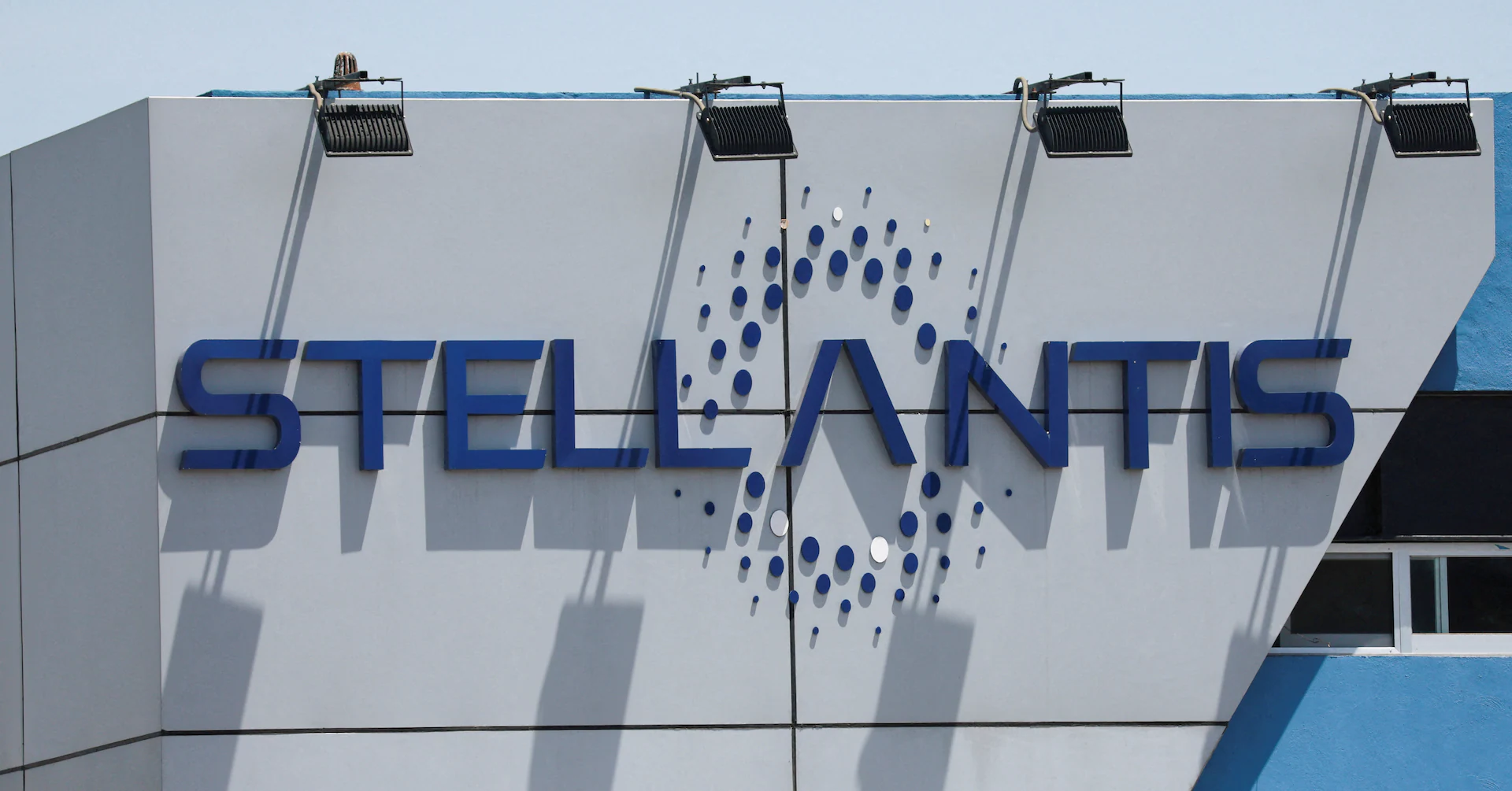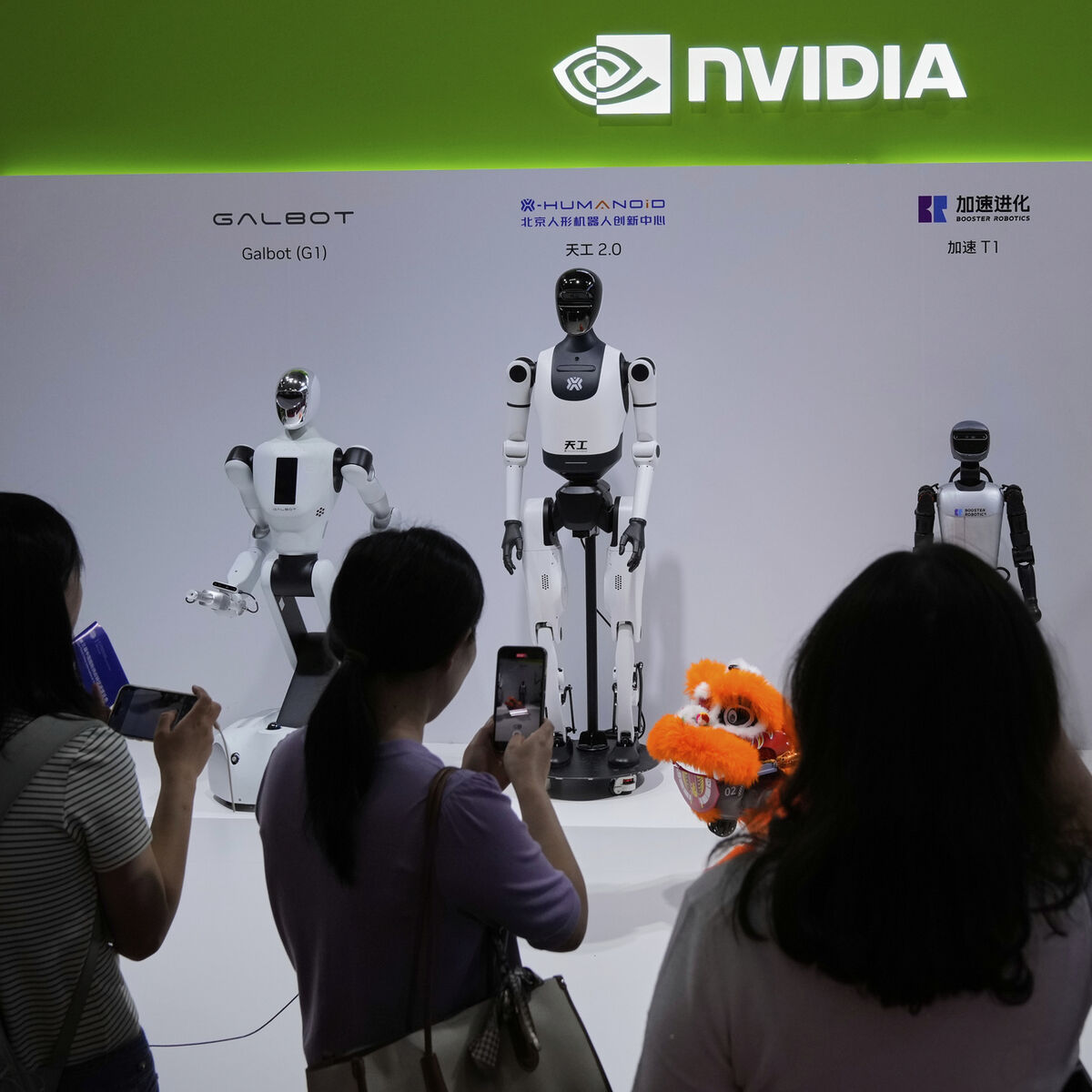
PARIS, Sept 19 (Reuters) – Stellantis unveiled an electric vehicle prototype on Friday featuring a faster-charging, lighter and more affordable battery that eliminates the need for a separate inverter and charger.
Sign up here.
The new system is 10% more efficient than an EV with the same-sized battery and reduces charging time by an hour.
A lack of affordable models and slow charging times have been a barrier to broader public acceptance of EVs.
The new IBIS battery is now undergoing road tests in a Peugeot e-3008.
“This milestone marks a major step forward in the electrification of mobile and stationary energy applications,” Stellantis said in a press release.
According to the Franco-Italian-American automaker, this technology could be integrated into its production vehicles by the end of the decade.
Contemporary EVs use an inverter to convert the battery’s direct current into alternating current to power the electric motor. In charging mode, alternating current from the grid is converted into direct current for the battery.
Stellantis said in the IBIS these functions are integrated directly into the battery using electronic control via 200 transistors, reducing vehicle weight by 40 kg (88 lb), freeing up space and reducing charging time by 15%.
Reporting by Gilles Guillaume; Editing by Aurora Ellis



